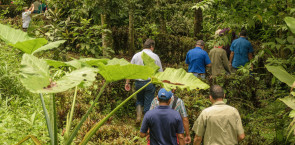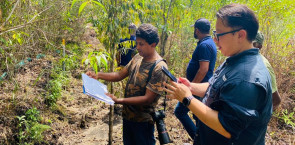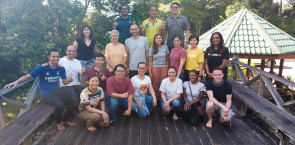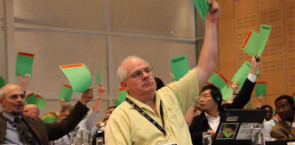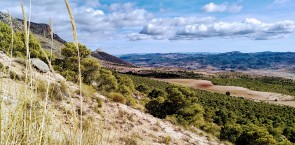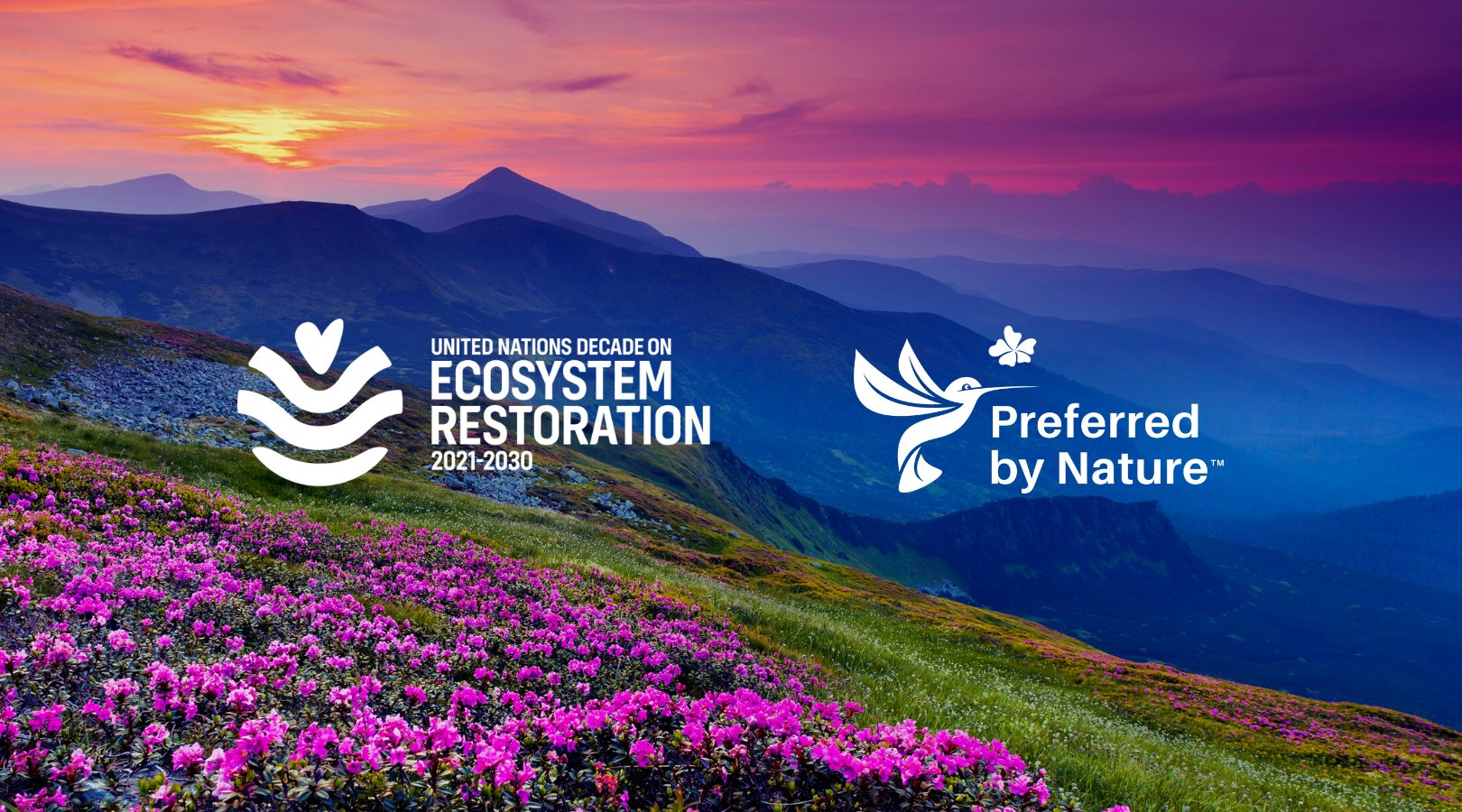
This recognition by the UN Decade on Ecosystem Restoration 2021-2030 is a momentous opportunity for us to further collaborate with partners around the world to help restore degraded ecosystem and protect biodiversity.
As a global non-profit mission driven organisation, Preferred by Nature has long been committed to promoting sustainable land use practices and recently, supporting ecosystem restoration. Our standard on ecosystem restoration helps stakeholders evaluate the performance of restoration projects.
The UN Decade on Ecosystem Restoration is a global initiative rallying for the protection and revival of ecosystems all around the world, by connecting and empowering the restoration efforts worldwide. This is an urgent and ambitious goal. We are honoured to be selected as an actor to support this important work.
“As an actor for the UN Decade on Ecosystem Restoration, we look forward to working with partners around the world to make a real difference in the health and wellbeing of our planet,” said Mateo Cariño Fraisse, Land Use Programme Manager of Preferred by Nature and lead of the Ecosystem Restoration Programme.
“By restoring degraded ecosystems, we can mitigate the impacts of climate change, support biodiversity and ecosystem services, and create more sustainable livelihoods for local communities, likewise contributing to achieving Target 2 defined during the COP 15 to ensure that at least 30% of areas of degraded terrestrial, inland waters, coastal and marine ecosystems are under restoration,” added Hernán Zaldívar Schrader, Ecosystem Restoration Specialist of Preferred by Nature.
Ecosystem restoration means assisting in recovering ecosystems that have been degraded or destroyed, as well as conserving still intact ecosystems. Healthier ecosystems, with richer biodiversity, yield more significant benefits such as more fertile soils, bigger yields of timber and fish, and larger stores of greenhouse gases.
Preferred by Nature is also a partner in other restoration efforts, sharing its expertise to support best practices in monitoring to increase the transparency in the reporting of restoration projects, such as in the Initiative 20x20 - a country-led effort seeking to change the dynamics of land degradation in Latin America and the Caribbean by beginning to protect and restore 50 million hectares of forests, farms, pasture and other landscapes by 2030.
Preferred by Nature’s Ecosystem Restoration Standard focuses on assessing ecosystem restoration performance at the field level in tropical, temperate and boreal biomes. The standard has been used in several places to assess the effectiveness of restoration projects and guide best practices for successful restoration.
Some of the active restoration projects applying the Ecosystem Restoration standard, including community projects in Bolivia and Kenya, projects encompassing different ecosystems, like Spain’s AlVelal or Berea College, or designated conservation areas like those at CAF El Alamo in Chile and restoration projects WeForest in Zambia. Interested stakeholders can find public summaries of the evaluation reports here.
Our verification approach focuses on alternative restoration activities like tree plantations, agroforestry, rewilding, improved pastoralism and regenerative agriculture, among many others. In some cases, a combination of techniques may be the most appropriate.
Notably, the social-economic approach in the standard recognises how critical to consider economic and social factors beyond the original ecosystems, keeping in mind the economic and social factors or community needs.
“The standard places Smallholders and Communities (SH&C) at the core of its guiding principles,” said Hernán Zaldívar.
“Taking advantage of the technology and based on the identified risks of the area, we consider the need to reduce the required documentation, but still ensure the necessary audit frequency for each case. This makes the approach and evaluation against the standard more accessible for smallholders for example,” explained Mateo Cariño.
Recently started restoration projects can also use the standard as a project validation or guiding tool to help them assess their compliance with the social and environmental principles in their restoration efforts.
Learn more about Ecosystem Restoration Standard here or please contact:
Hernán Zaldívar
Ecosystem Restoration Specialist
Email: [email protected]

